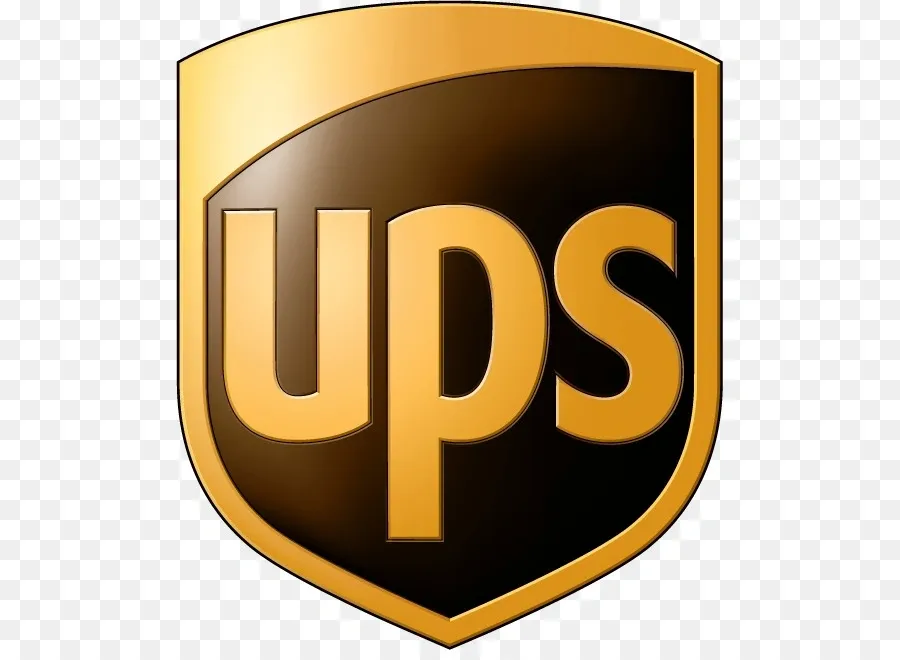Amidst the roiling economic landscape, UPS, the global shipping leader, has found itself at the crux of a significant labor upheaval. Recent reports indicate that while the company has inked a groundbreaking $30 billion agreement with the Teamsters Union, bolstering wages and benefits for its unionized drivers, it has simultaneously been bracing for a dent in its yearly profits.
Historic Wage Increases
The wage enhancements come in the wake of the gravest inflationary phase the U.S. has seen in four decades. With overall prices having surged by 3% from June last year and a staggering leap of over 9% the year prior, the average American household has grappled with soaring living expenses. Such economic pressures have catalyzed a series of labor movements across various industries, evident in unionization efforts at corporations like Starbucks and widespread strikes nationwide.
For UPS, the shadows of a potential Teamsters union strike loomed large. The consequent anxiety among its clientele led to an estimated diversion of a million packages daily to competing entities, translating to a staggering loss of around $200 million in sales.
Now, with the new labor deal in place, UPS envisions a full-time driver’s annual earnings, inclusive of healthcare and other perks, reaching around $170,000 by the contract’s end – a commendable increase from the current $145,000. This reflects not just the hourly wage augmentation, which is expected to touch $40 or more, but also the benefits that UPS has been historically known for. Before this agreement, the average UPS driver took home around $95,000 annually, supplemented with an additional $50,000 in benefits.
The Teamsters union, representing an impressive 300,000-plus UPS employees, further elucidated the deal’s terms. These include a pay hike of $2.50 an hour this year and a cumulative $7.50 over the agreement’s five-year tenure.
A Ripple Effect in the Labor Market
Labor experts and economists alike have extolled this agreement as a potential benchmark for other corporates. Companies such as Amazon have already seen their workforce cite the UPS-Teamsters deal as a reference point in their wage hike discussions. However, some economists have expressed concerns about these wage increments potentially aggravating an existing inflationary scenario, which was initially spurred by pandemic-induced supply constraints and geopolitical factors like the Ukraine conflict.
Stock Outlook
Turning to the stock outlook for the coming week and month for UPS:
The revelations from the company’s recent investor update have signaled some anticipated shifts. UPS’s forecast of its adjusted operating margin this year is now at 11.8%, a decrease from the 12.8% they projected in May. This not only embodies the financial implications of the recent labor agreement but also mirrors the global economic softening and a dip in package shipments.
While the near term might present challenges due to increased costs and economic deceleration, the enhanced brand loyalty stemming from positive worker sentiments and a potentially more committed workforce may provide long-term advantages. Investors should keep a close eye on macroeconomic indicators, inflation trends, and company-specific updates while charting their investment strategies for UPS.







